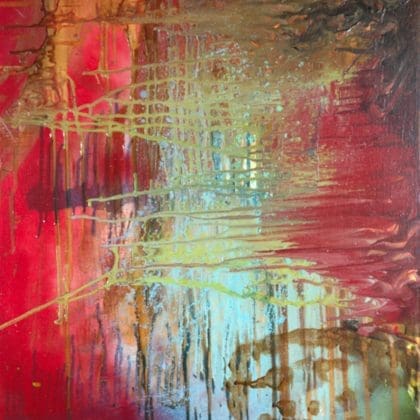As a collector, your art collection is not just a reflection of your personal taste; it’s also a valuable legacy that can be passed down through generations. Preserving your collection for progeny ensures that future family members can appreciate and enjoy the pieces you’ve gathered over the years. This guide will provide practical steps on how to care for and document your art collection, ensuring its longevity and value for the next generation.
1. Proper Storage and Display
The way you store and display your art significantly affects its condition and longevity. Here’s how to create a safe environment for your collection:
A. Climate Control
Temperature and Humidity: Maintain a stable temperature (ideally between 65°F and 75°F) and humidity levels (around 40-60%) to prevent damage like warping or mold.
Avoid Direct Sunlight: Display art away from direct sunlight to prevent fading and discoloration over time.
B. Safe Display Methods
Use Quality Frames: Choose acid-free materials for matting and framing to protect the artwork from damage.
Avoid Hanging Near Heat Sources: Keep art away from radiators, fireplaces, or vents, as heat can cause deterioration.
2. Regular Maintenance
Routine care can help extend the life of your art pieces. Here are some maintenance tips:
A. Cleaning Your Art
Dust Regularly: Use a soft, lint-free cloth to gently remove dust from frames and surfaces.
Consult Professionals: For valuable pieces, consider hiring a conservator for specialized cleaning and restoration.
B. Inspect for Damage
Check for Signs of Deterioration: Regularly examine your art for any signs of damage, such as fading, tears, or discoloration.
Address Issues Promptly: If you notice any problems, consult a professional conservator as soon as possible to prevent further damage.
3. Documenting Your Collection
Creating a thorough inventory is crucial for both preservation and future inheritance.
A. Maintain an Inventory List
Include Key Information: Document details such as the artist’s name, title of the piece, medium, dimensions, date of acquisition, and purchase price.
Use Digital Tools: Consider using art inventory software or apps to keep your records organized and easily accessible.
B. Photographic Documentation
Take High-Quality Photos: Capture detailed images of each piece, including close-ups of any unique features or signatures.
Date and Label: Save photos with clear labels indicating the title and artist for easy reference.
4. Educating Future Generations
Teaching your family about your art collection helps them appreciate its value and significance.
A. Share Your Knowledge
Host Family Gatherings: Invite family members to view the collection and share stories about the pieces and their origins.
Create Educational Materials: Consider putting together a booklet or digital presentation detailing the history and significance of each piece.
B. Involve Them in Decisions
Let Them Participate: Encourage family members to express their opinions on the collection and involve them in future acquisitions.
Discuss Inheritance Plans: Have open discussions about how you intend to pass on the collection and what it means to you.
5. Establishing Legal and Financial Considerations
Proper legal and financial planning can help secure your collection’s future.
A. Consult with Professionals
Estate Planning: Work with an estate attorney to include your art collection in your will, ensuring it goes to the intended heirs.
Insurance Coverage: Invest in art insurance to protect your collection against theft, damage, or loss.
B. Appraisal and Valuation
Regular Appraisals: Schedule appraisals every few years to keep up with the current market value of your collection.
Keep Documentation Handy: Maintain records of appraisals and insurance policies in a safe place for your heirs.
Conclusion: Take Action to Preserve Your Legacy!
Preserving your art collection for future generations requires thoughtful care, documentation, and communication. By implementing proper storage and maintenance practices, documenting your collection, educating your family, and addressing legal and financial considerations, you can ensure that your collection remains a cherished legacy.
Now it’s time to act: Start with one actionable step today. Whether it’s organizing your inventory, scheduling a professional cleaning, or planning a family gathering to share your passion for art, taking proactive steps now will help secure your collection’s future. Remember, the joy of art is meant to be shared, and your legacy will inspire and enrich the lives of your progeny for years to come!




